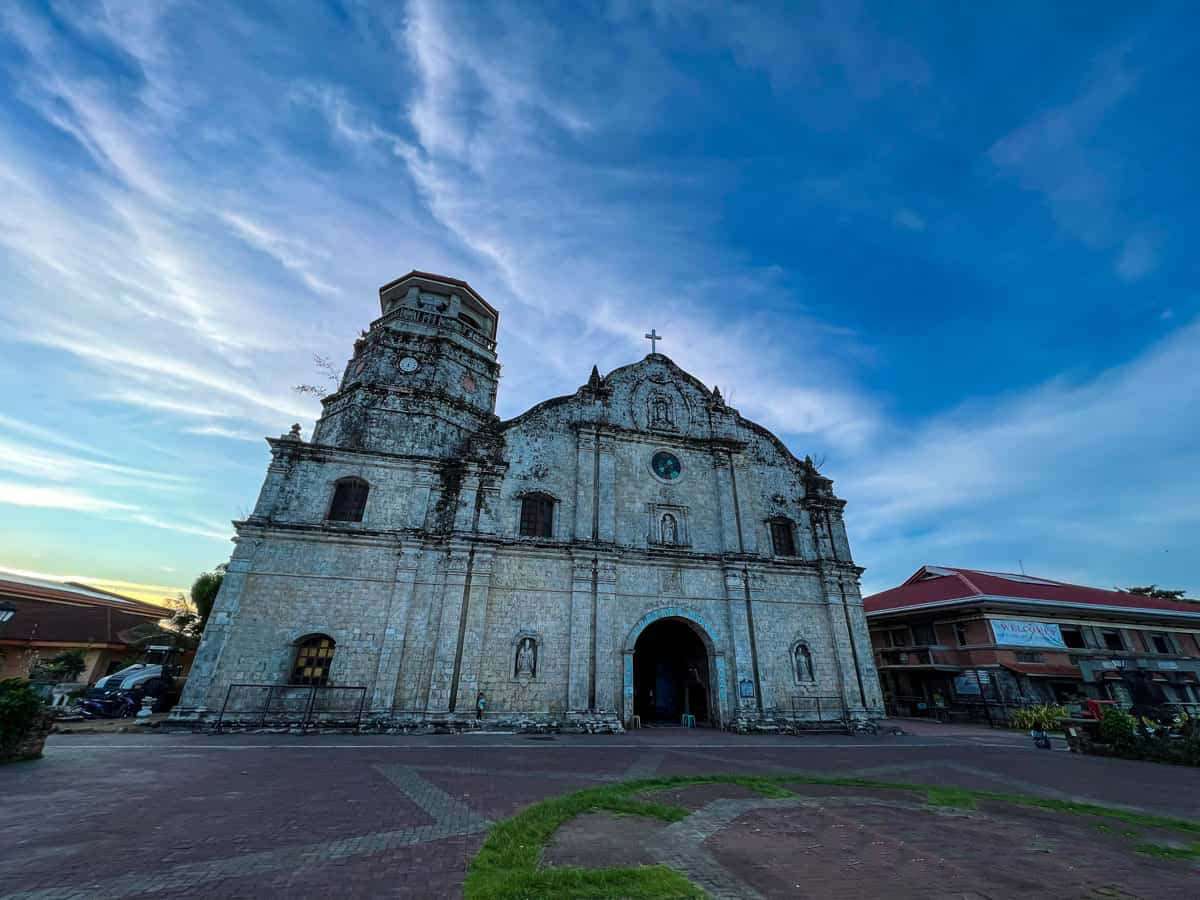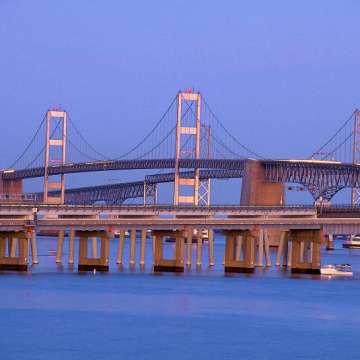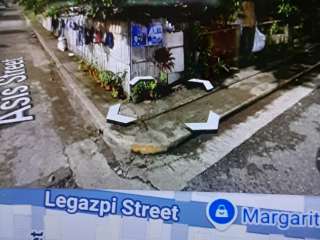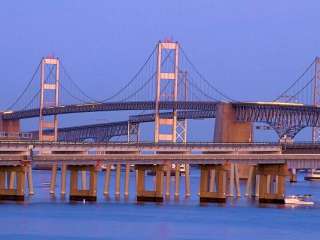About capiz

Capiz, officially the Province of Capiz, is a province in the Philippines located in the central section of Western Visayas region. Its capital is the city of Roxas. It is located at the northeastern portion of Panay Island, bordering Aklan to the north, Antique to the west, and Iloilo to the south. Capiz faces the Sibuyan Sea to the north.
Capiz is known for the Placuna placenta oyster shell that has the same name locally and is used for decoration and making lampshades, trays, window and doors. Likewise, the province is known as the "Seafood Capital of the Philippines" and was among the top 15 most frequently visited places in the Philippines. Capiz is the site of the famous coral-stone Santa Mónica Church in the town of Panay, home to the largest Catholic Church bell in Asia. The bell was made from 70 sacks of gold and silver coins donated by the townsfolk. Measuring seven feet in diameter, five feet in height and weighing 10,400 kilograms or just over 10 metric tons, the Panay bell is popular among tourists visiting Capiz.
History
The account of early Spanish explorers about Capiz and its people was traced back in 1566 when the Spaniards set foot in the mouth of Banica river.
Early settlements were seen in the town of Panay. The town was originally called Bamban. The name was changed by the early Spaniards to Panay, a word which means "mouth of the river." This is also the location of a fortress built by Juan de la Isla in late 1570. The Paseo de Evangelización 1566 can be found in the town plaza and was erected through the efforts of Rev. Msgr. Benjamin F. Advíncula.
When the Spaniards led by Miguel López de Legazpi came to Panay from Cebu in 1569, after sailing from Mexico, they found people with tattoos, and so they called the island Isla de los Pintados.
How the island itself came to be called Panay is uncertain. The Aeta (Negritos) called it Aninipay, after a plant that abounded in the island. Legend has it that López de Legazpi and his men, in search of food, exclaimed upon the island, pan hay en esta isla! "There is bread in this island"! and the island of Panay closely resembles the shape of a heart and the heart of Jesus Christ is considered present in the Eucharistic Bread. The Spanish then came and established their first settlement on the island at the mouth of the Banica River and called it Panay. This was the second Spanish settlement in the Philippines, following San Miguel, Cebu. Unknown to many, Calle Revolución in Panay is the second oldest street in the Philippines after Calle Colón in Cebu City, Central Visayas.
Later in 1569, Captain Diego de Artieda, who was sent by López de Legazpi, landed in the town of Panay and proclaimed it as the capital of the province. Later, the Spaniards moved the capital to its present site upon founding the town of Capiz (not the province, and now Roxas City) which was near the sea and provided docking facilities.
In 1716, the province was created a separate encomienda and was later organized into a politico-military unit.
The Panayanon's noble character and royal blood shone out in later centuries when fellow people from Panay island, at Iloilo City was given by the Queen of Spain, the Royal Title of "Most Loyal and Noble City" for being the most ardent and faithful city in the Spanish Empire and had remained loyal to Spain while the entire empire collapsed.
Although Capiz joined the Tagalog-lead Philippine revolution, the Spaniards didn't surrender to the Tagalogs but they did surrender to the people of Iloilo and eventually Iloilo and Capiz were part of the same Federal Republic of the Visayas a substate which was formed within the First Philippine Republic, the first capital of which was in Cavite while the United States of America had betrayed the Philippine Revolution which they initially supported and influential American officers swore allegiance to. These American officers betrayed their oaths and occupied Manila.
The American takeover of the Philippines resulted in the establishment of a civil government in Capiz on April 15, 1901, by virtue of Act 115.
On April 16, 1942, Imperial Japanese forces landed on Capiz City and occupied the rest of the province. However, on December 20, 1944, Capizanon guerrillas, whose forces already occupied most of the province, liberated the capital from Japanese hands, leading to the full liberation of the province.
Members from capiz
Listings in capiz
More Provinces
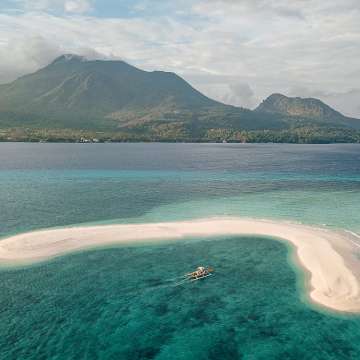
camiguin
Camiguin is an island off the coast of Southern Philippines formed through centuries of volcanic activity. Today, fourteen volcanoes define its heights as well as an abundance of natural sites from hot, cold, and soda springs to white-sand islets, waterfalls, coral reefs, forests, and fertile soil attributed to sweetest lanzones ...read more

catanduanes
Catanduanes is an island province located in the Bicol Region of Luzon in the Philippines. It is the 12th-largest Island in the Philippines. Its capital is Virac. Catanduanes is known as the “Land of the Howling Winds” because most typhoons brewed in the Pacific pass through this easternmost island province ...read more

